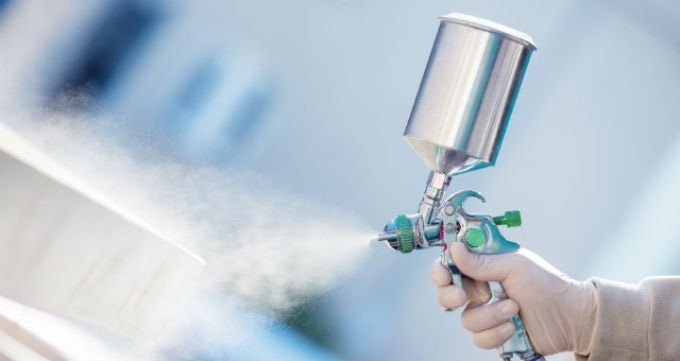Nov 23 2016
Has the time come to substitute traditionally used silicon with printable organic semiconductor inks? Scientists at the University of Surrey believe so, particularly for future electronics that need to be lightweight, low-cost, flexible, and wearable.
 Credit: Getty Images.
Credit: Getty Images.
For more than seven decades, single crystal semiconductors, namely silicon, have been of utmost interest as the foundation of electronic devices. In general, it takes energy-intensive and time-consuming procedures to grow inorganic single crystals from a melt at extreme temperatures in special chambers comprising of an inert gas. Organic semiconductors, which are a new class of crystalline materials, can also be grown as single crystals, but in a distinctive manner by making use of solution-based methods at room temperature in air. This process makes way for the large-scale production of low-cost electronics for applications ranging from light emitting diodes and field effect transistors to miniature lasers and medical x-ray detectors.
A new research work by researchers from the University of Surrey and National Physical Laboratory (NPL), reported today in Nature Communications, shows for the first time an inexpensive, scalable spray-printing technique for the fabrication of high-quality isolated organic single crystals. The technique seems to be appropriate for a broad range of semiconducting small molecules that can be transformed into semiconducting inks by dissolving in solvents, and can then be deposited on almost any substrate. The crucial part involves integrating the advantages of solution shearing and antisolvent crystallization. The shape, size, and orientation of the crystals are then manipulated by altering the distance to the substrate and the spray angle which regulate the impact of spray droplets onto the surface of the antisolvent. A combination of characterization techniques such as x-ray diffraction, polarized Raman spectroscopy, polarized optical and scanning electron microscopy, and field-effect transistor tests confirmed that the crystals are high-quality structures.
“This method is a powerful, new approach for manufacturing organic semiconductor single crystals and controlling their shape and dimensions.
Dr Maxim Shkunov, lead scientist at the University of Surrey’s Advanced Technology Institute (ATI).
If we look at silicon, it takes almost 1,500 degrees centigrade to grow semiconductor grade crystals, while steel spoons will melt at this temperature, and it will fetch a very hefty electric bill for just 1 kg of silicon, same as for running a tea kettle for over 2 days non–stop. And then, you would need to cut and polish those silicon ‘boules’ into wafers.
We can make single crystals in a much simpler way, entirely at room temperature with a £5 artist spray brush. With a new class of organic semiconductors based on carbon atoms, we can spray-coat organic inks onto anything, and get more or less the right size of crystals for our devices right away.
The trick is to cover the surface with a non-solvent so that semiconductor molecules float on top and self-assemble into highly ordered crystals. We can also beat silicon by using light emitting molecules to make lasers, for example,—something you can’t do with traditional silicon. This molecular crystals growth method opens amazing capabilities for printable organic electronics.
Grigorios Rigas, a collaborative PhD researcher (ATI and NPL) and a first author
Further facts related to the characterization of organic single crystals can be found in the journal, Nature.